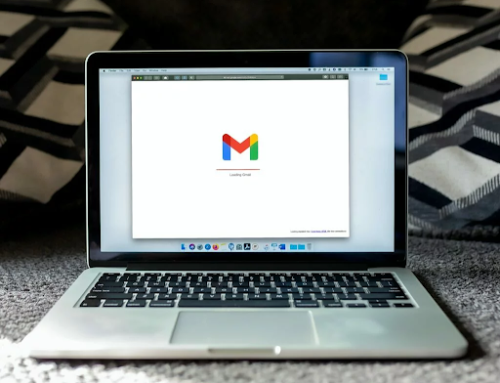Google are doing it. So are Deloitte, Cisco and Microsoft.
What is ‘it’? They use gamification to improve staff motivation and performance. We know that working in a contact centre can be demanding and that it is essential to keep your agents fresh. Gamifying in business is about using game principles to turn repetitive tasks into challenges with meaningful rewards. Doesn’t it sound like the ideal solution to galvanise your agents?
However, it is important not to fall prey to a common problem: the bottom line is to improve performance.
Here is how to do it right.
1. Keep the rules simple
It may sound obvious but gamification won’t work unless your staff understand the rules, so don’t make them fiendishly complicated. Start by training them using skill-based routing and only sending simple issues their way until they are comfortable with the process. You can then increase the level of complexity or even set up different levels.
2. Make sure your employees are on board
Forced fun is not fun, and won’t yield the results you are looking for in any case, so your presentation of the scheme should engage your agents and make them want to participate.
3. Set realistic targets
You are probably familiar with the SMART concept: goals should be Specific, Measurable, Attainable, Relevant and Time-based. These principles also apply to gamification. Examples of targets could be getting contact details from x people in an hour, or make x numbers of calls in an hour.
4. Have your contact centre software configurated to collect all agent work metrics
If possible, have the relevant ones displayed where everybody can see them and their progress in real time. You can even have an announcement made when there is a winner.
5. Reward your agents in a meaningful way
The reward doesn’t have to be financial, but it has to be valuable to your agents. For example, you could give them an extra break for a week, or assign them to a premium service.
Gamifying is quietly bringing about a revolution in the work place, but it isn’t always done right. Indeed, as much as 80% of attempts at implementing gamification fails because it wasn’t designed effectively. So, although it is undeniable that it works, it requires an investment of time and effort to make it successful.













